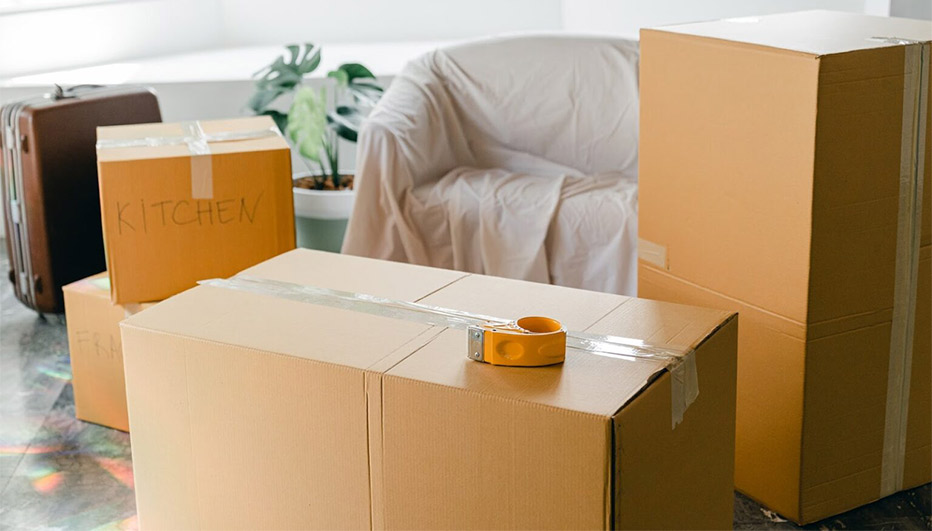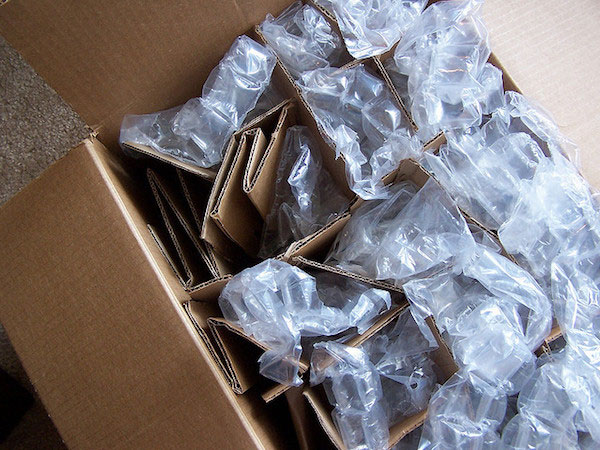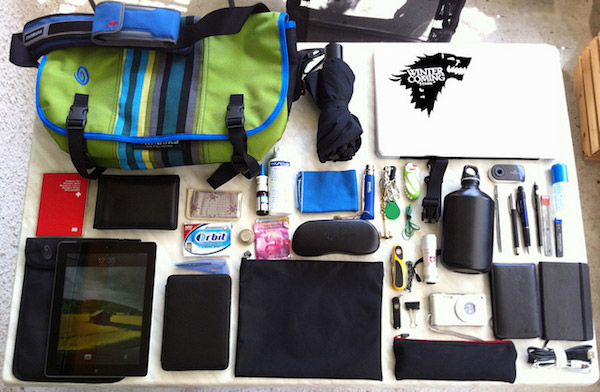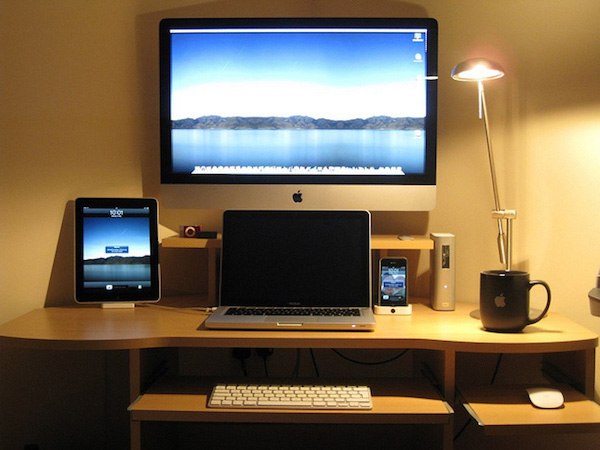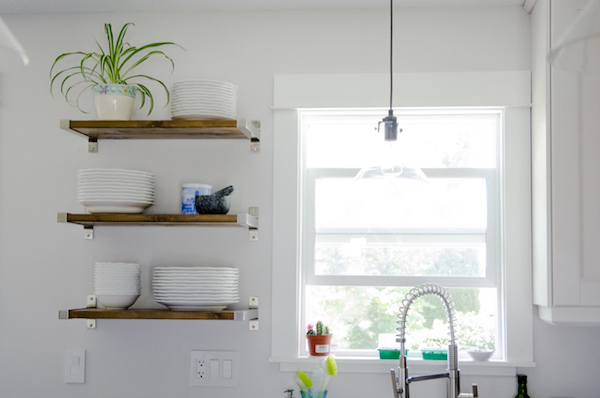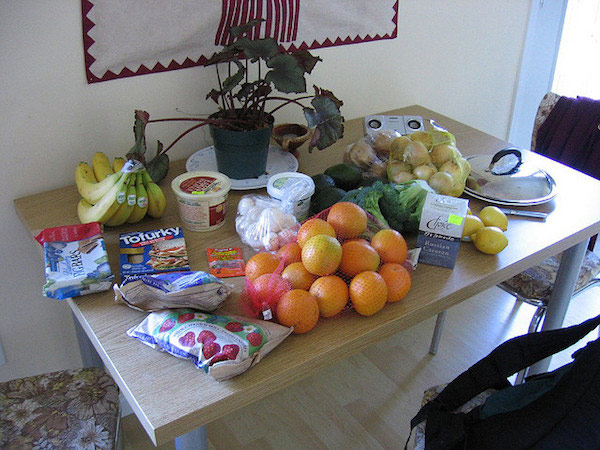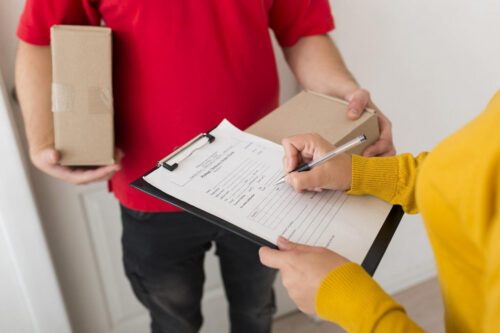Congratulations on your new home! Before you pop the champagne, it’s time to get down to business. Moving is no small feat – the sheer amount of planning and coordinating involved is enough to make even the most organized person feel panicked.
No need to stress. The comprehensive moving checklist in this article tells you exactly what to do before and after settling into your new place, allowing you to focus on the task at hand without worrying about missing something important. Use our detailed moving checklist to ensure you don’t miss a single step.
Reach out to clutter for all your moving need today!
The list is long, but take it step by step. Soon enough, you’ll be relaxing in your new home, with a completed to-do list and celebratory glass of bubbly in hand.
Click any of the links below to jump to a specific moving checklist:
Before Move-In Checklist
Moving Day Checklist
After Move-In Checklist
Before Move-In Checklist
1. Figure out what to sell or donate.

As soon as you know you’re moving out, walk around your current home and make a moving checklist of all the pieces of furniture and indoor and outdoor decor you plan to sell or donate. Determine which pieces you can realistically live without until you move into your new home and either drop them off at a nearby donation center or begin the selling process online.
2. Pare down and purge.

Declutter by category and start with whatever feels easiest to you, whether it’s books, clothes, or decor. As you sort through your things, try not to overthink it: If you love something and use it regularly, keep it. If not, let it go. Every item you get rid of before your move is one less thing you have to bring with you.
Learn more: 9 Things to Consider Before Moving from a Dorm to Your Own Place
3. Research moving companies
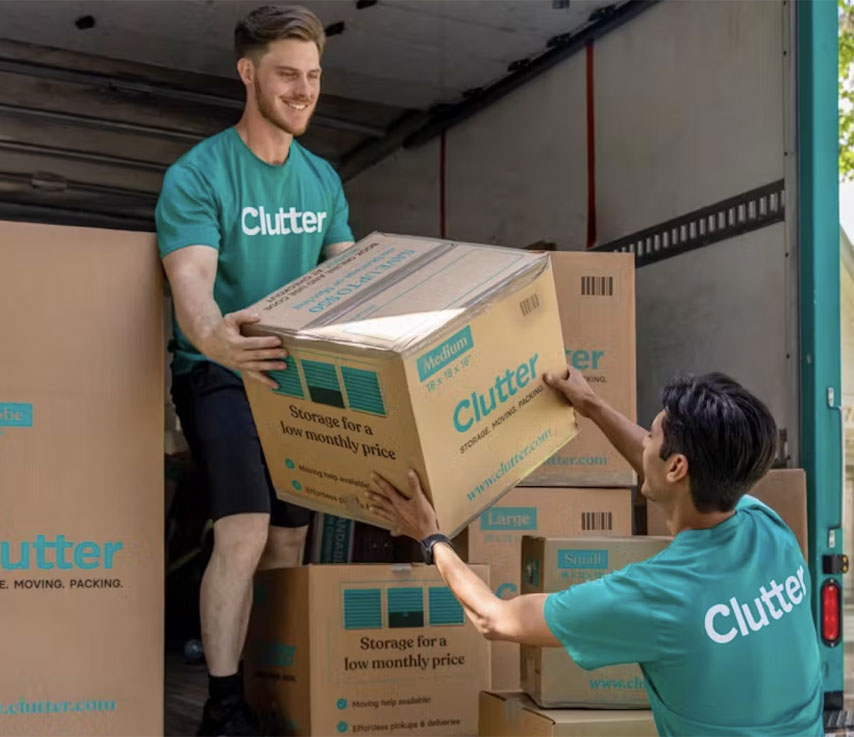
After you scour online reviews and testimonials, narrow your list of moving companies to three or four, then make some calls to . Inquire about the company’s insurance policies, timeline, method, and liability practices, too.
Learn more: 4 Best Moving and Storage Apps to Make Your Move Stress-Free
4. Stock up on moving supplies.
Collect various-sized boxes, packing tape, bubble wrap or padded blankets, scissors, trash bags, and tools. Ensure you have enough supplies to avoid interrupting your packing progress with a trip to the store. For added convenience, some companies like Clutter offer packing services and will provide all necessary materials.
Learn more: 21 Essential Moving and Packing Supplies You Need For Your Next Move
5. Take photos of your house before you pack.

Walk through your space and snap photos of each room from at least a couple of different angles. Include close-ups of gallery walls, styled bookcases, and tabletop surfaces. When you’re setting up your new home, these photos will be a helpful reference.
Learn more: How To Pack Picture Frames For Moving: 8 Easy Steps
6. Complete a change-of-address form.
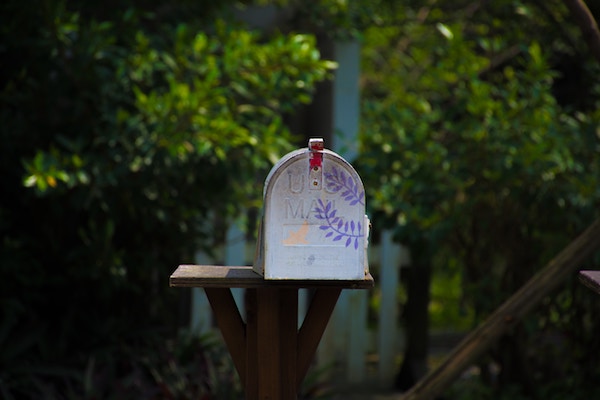
If you’re game to wait in line, you can do this at your local post office. Otherwise, the quickest and most convenient way to update your address is to visit USPS.com/move.
7. Transfer your utilities.

Gather the contact information for your various utility companies, then sit down to make some calls. Schedule the shut-off day for the day following your move, then pay off any existing fees. If you’re using the same providers, update your mailing address and schedule an activation day for your new home.
Learn more: How to Pack to Move: A Complete Checklist
8. Back up your computer.
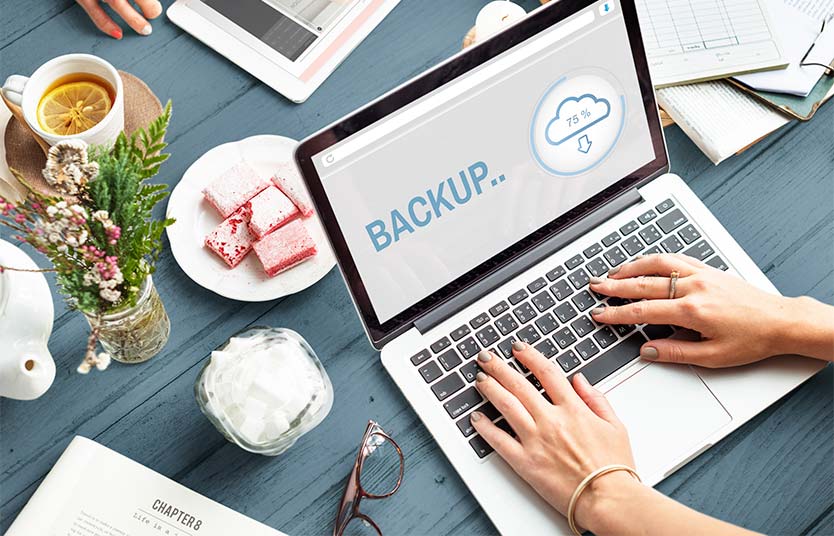
Back it up in at least two places, like the cloud and a hard-drive backup disk. Do the same with your phone. Your digital information is just as important as your physical stuff, so make sure it’s all protected.
9. Arrange transportation for your pets.

Several weeks before your move, figure out where your pets will be during the process. Once you’ve taken care of logistics, pack your pet’s food, favorite toys, and medication, as well as any other essentials like pet beds, collars, and leashes.
Learn more: 3 Common Moving Myths Debunked: What You Really Need to Know!
10. Cancel or forward subscriptions.

Moving houses is the perfect excuse to assess whether or not you actually want the newspapers, magazines, and catalogs that arrive in your mail. If you do want them, call customer service and update your mailing address.
11. Double-check the dimensions of your new home.

Before ordering furniture for your new place, be sure you have the measurements and scale right. Note the square footage, ceiling height, and window height of each room, as well as its general configuration and any stand-out characteristics.
Learn more: 6 Tips To Help You Settle Into Your New Home Quickly
12. Make copies of important documents.
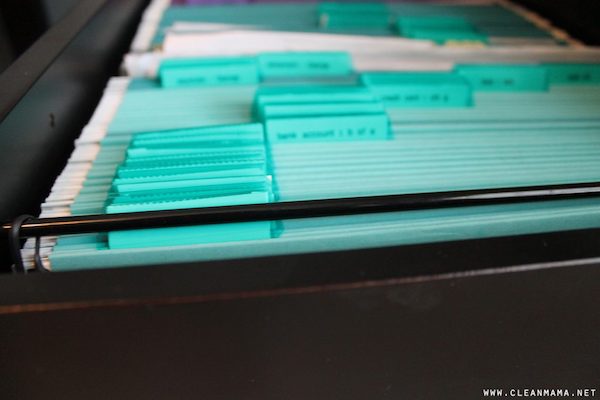
Dedicate an afternoon to sorting through your files and making copies of insurance papers, medical records, birth certificates, social security cards, and tax returns. Better yet, scan these papers to your computer.
13. Pack fragile items first.
Focus on safely and efficiently packing fragile items like dishes, art, and holiday decorations. Save the easy tasks, like packing clothes and linens, for last.
14. Pile heavy items inside your rolling suitcases.
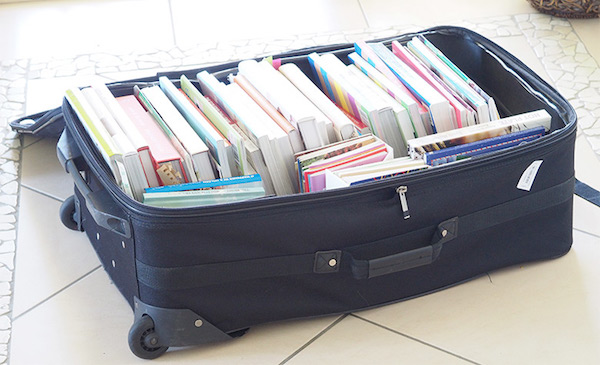
Haul out your rolling luggage and fill it with all the heavy, bulky stuff you don’t want to carry. Think: books, boots, or even bottles of wine and jars of food.
Learn more: How To Find The Best Moving Truck Rental For Your Needs
15. Insure your stuff.

Everything you put on a ‘moving’ truck, especially big items like pianos, chandeliers, and art, should be insured in case it gets damaged or stolen. Check with your homeowner’s insurance provider or ask your ‘moving’ company if they offer insurance.
Learn more: How Much To Tip Movers In 2024: A Comprehensive Guide
16. Carry small valuables with you.
Pack valuable items, like expensive cameras, laptops, jewelry, and passports, in a bag that you carry with you during the move.
17. Donate non-perishable foods.
Despite your best efforts to polish off everything in your pantry, you’ll probably still end up with a couple of unopened boxes of pasta, cans of soup, or bottles of olive oil the night before you leave. Drop them off at the nearest shelter or church.
18. Label your boxes like a boss.
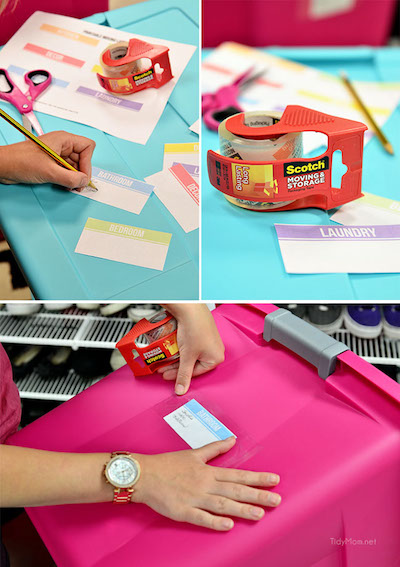
The key to painless unpacking is to over-prepare. Create a number key, use color-coded tape, or cover each box with detailed Sharpie notes. Record the room the box goes in, a general description of what’s inside, and a detailed list of the box’s contents.
19. Pack an overnight bag.
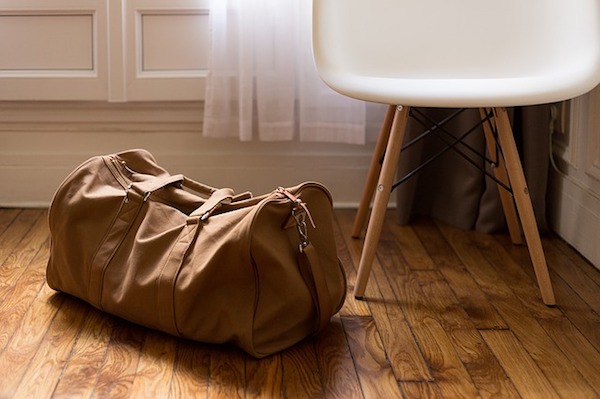
Fill a carry-on-sized bag with everything you’ll need to get settled into your new home, like toiletries, medication, pajamas, shoes, and a couple of days’ worth of outfits.
Learn more: How to Protect Your Antique Furniture While Moving
20. Clean your house.
Vacuum, scrub, and polish every surface until it looks new – or, at least, better than when you lived there. You can hire a professional cleaning crew or follow our ultimate ‘move-out checklist’ and ‘move-in checklist’ cleaning guides.
Moving Day Checklist
A successful moving day hinges on careful planning and thorough preparation. Follow this home moving checklist to ensure a smooth process:
- Begin Early: Rise early to give yourself plenty of time to handle all necessary tasks without feeling rushed.
- Protect Your Floors and Carpets: Lay down protective coverings to safeguard your floors and carpets from damage during the move.
- Prepare an Essentials Box: Pack a box with essential items such as toiletries, a change of clothes, important documents, medications, and chargers.
- Stay Hydrated and Energized: Have water bottles and snacks available for both you and your movers to keep everyone refreshed and energized.
- Conduct a Final Walkthrough: Go through every room, closet, and cabinet to make sure nothing is left behind.
Learn more: The Ultimate Move-In & Move-Out Cleaning Checklist You Can Actually Use
After Move-In Checklist
1. Take photos of your place and note any damages.

Before you start schlepping boxes and ‘moving’ furniture inside your new place, do a quick walk-through and record any existing damages. Take photos of broken window treatments, carpet stains, chipped paint, or anything else significant.
Learn more: The Ultimate Move-In & Move-Out Cleaning Checklist You Can Actually Use
2. Inspect your boxes.
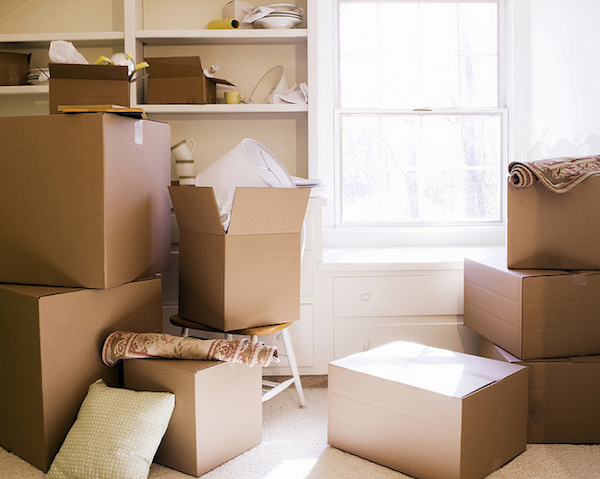
Go through your boxes and look for tears, dents, or any kind of mishandling so you can report it to the moving company if needed.
3. Clean up.

Even if you’ve already given your place a deep cleaning, it’s still a good idea to spruce it up before you move everything in. Vacuum the carpet, wipe down countertops, and dust drawers and shelves before you put anything away.
4. Set up the bathroom.
Right away, make sure you have a functional and clutter-proof bathroom. Hang a shower curtain and stock the bathroom with plenty of toilet paper and hand soap.
5. Check the gas and water valves.

Your utilities should be activated by this point, but it’s still a good idea to double-check that everything is working properly. While you’re at it, make sure your smoke and carbon monoxide detectors are on and loaded with fresh batteries.
6. Set up your technology.
Take the time to hook up your TV or plug in your desktop monitor. The unpacking process will be so much more enjoyable if you can stream your favorite Netflix show or listen to Spotify as you unload boxes.
7. Check the fridge.
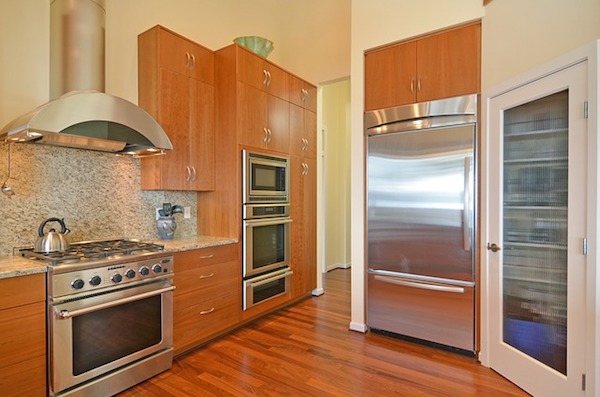
Plug in your fridge and set it to 40 degrees Fahrenheit or lower. Keep your freezer at zero.
8. Unpack the kitchen.
Unpacking the kitchen is a tedious process, so it’s smart to get started right away. Don’t worry about organizing everything in your kitchen perfectly yet. Start by putting away the basics, like pots, pans, dishes, mugs, and silverware. Go ahead and set up everyday appliances like coffee makers, toasters, and microwaves, too.
9. Make the beds.
Spend a few minutes making your bed with fresh sheets and your favorite comforter or duvet. A cozy bed instantly makes a new space feel more familiar and lived-in, and you won’t have to stress about sleeping on a bare mattress when you hit the wall after a long day of unpacking.
10. Go shopping for essentials.
Before you’re completely zapped of energy, take a quick trip to the grocery store to load up on a few snacks and easy meal staples to hold you over as you settle in.
11. Let Clutter pick up and store your extra stuff
If you need help storing your stuff before, during, or after the moving process, schedule a Clutter pickup. We’ll pick up any items you don’t need right now, like your snowboarding gear, skis, and other winter gear, and transport them to our secure temperature-controlled storage facility. When you want something back, simply log into your Clutter account, select the item’s photo, and we’ll deliver it to you.
Whether you’re moving out for the first time or you’re a seasoned pro, these moving tips and moving checklists will help make your moving day as smooth as possible. From the initial moving out checklist to the detailed moving packing list, each step is designed to reduce stress and ensure you don’t miss a beat. Happy moving!
Reach out to clutter for all your moving need today!
Frequently Asked Questions
Which items should I pack first when moving?
Start with items you use the least. Seasonal items, decorations, and rarely used kitchen gadgets are good places to begin. Moving onto books, DVDs, and other non-essential items can make the packing process smoother.
What can I do if I haven’t finished packing by moving day?
If you find yourself still packing on moving day, focus on essentials and leave non-essential items for last. Enlist help from friends or family to speed up the process. Alternatively, consider hiring professional packers to assist in getting everything ready on time.
What services and subscriptions should I cancel before moving?
Before moving, cancel or transfer subscriptions such as newspapers, magazines, and utilities. Notify your internet and cable providers, and arrange for services to be disconnected or moved to your new address. Don’t forget to update your address for any deliveries or memberships.
How can I reduce my moving expenses?
To minimize moving expenses, start by decluttering and selling or donating items you no longer need. Get multiple quotes from moving companies to find the best deal. Packing yourself and using free or recycled boxes can also cut costs. Plan your move during off-peak times to potentially save on rates.
When should I schedule my move?
It’s advisable to schedule your move at least 4-6 weeks in advance. This allows ample time to secure a moving company, gather supplies, and complete any necessary paperwork. Early planning can help ensure your preferred moving date and avoid last-minute stress.


